Experience history firsthand: Explore the Cold War at the Bunker Museum near Dobbiaco
Image gallery: Dobbiaco Bunker Museum
Construction of a fortification complex between Dobbiaco and San Candido began during the Second World War and continued into the 1990s. During the Cold War, NATO used the complex as part of the Alpine Wall, a defensive system of the Italian Army protecting Italy's 1,851-kilometre-long northern border. Today, you can visit this 200-square-metre bunker and delve into history.
Learn about the bunker's construction, its protective function, and view photos of the former crew. In addition to military exhibits, you can also explore the cellar vaults. Radio equipment, field telephones, food rations, and weapons, surrounded by 3,600 cubic metres of concrete and steel beneath the Upper Val Pusteria, create a powerful impression of life in the bunker.
The Dobbiaco Bunker Museum (Bunker Museum Toblach) is run by the Upper Val Pusteria association Pro Historia. By the way: Due to its proximity to the border, the upper part of the Val Pusteria valley houses around 50 bunker complexes of the Italian Army. Two more accessible bunkers can be found in the Merano region: the Passo Palade Bunker with the Gampen Gallery on the Palade Pass above Lana, and the Bunker Mooseum with its ibex enclosure in Moso in Passiria.
How to get there: A small road branches off to the left of the road between Dobbiaco and San Candido (coming from Dobbiaco) and leads you to the Bunker Museum.
Contact info
- Via Val Pusteria / Pustertaler Strasse 19 - 39034 - Dobbiaco / Toblach
- +39 349 8767 196
- dolomiten.bunkermuseum@gmail.com
Opening times
Despite careful control we cannot guarantee the correctness of the provided data.
Admission
€ 8.50 adults
€ 8.50 young people (14-18 years)
€ 3.00 children (5-13 years)
€ 4.00 audio guide
free for children under 5 years
More information
The audio guide features a speaker and can thus be used by up to four people.
The Dobbiaco Bunker Museum stays open every year from mid-June to the end of September, in winter (October to May) it is accessible only on request and only for groups of 8 and more persons.
Season start 2025 in mid-June.
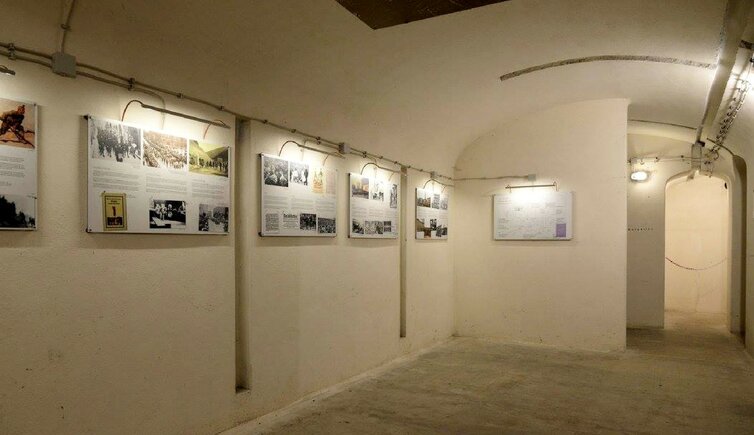
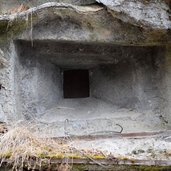
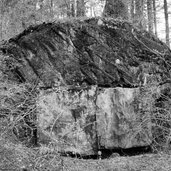
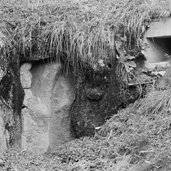
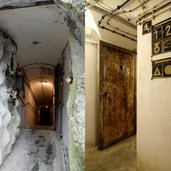
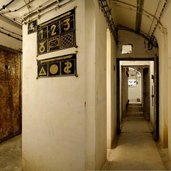
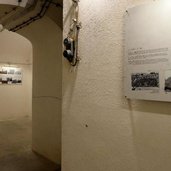
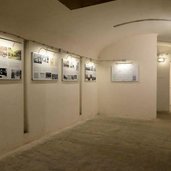
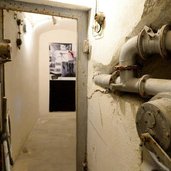
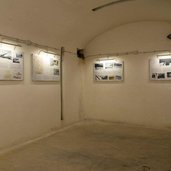








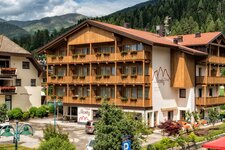
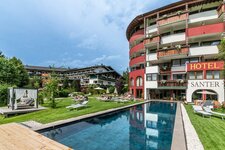
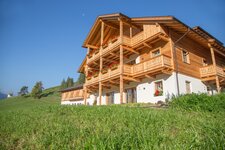
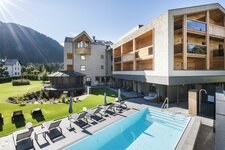
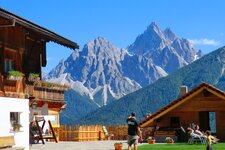
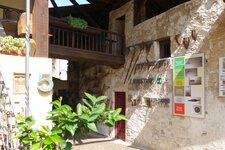
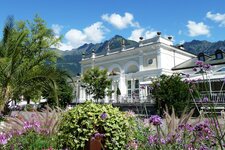
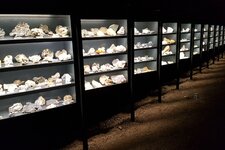
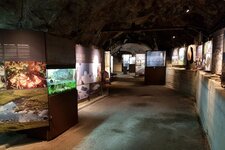
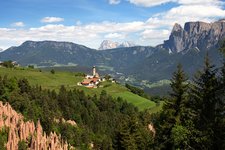
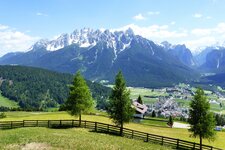
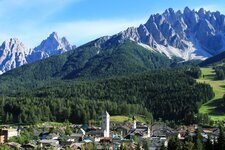































































































.jpg)





































